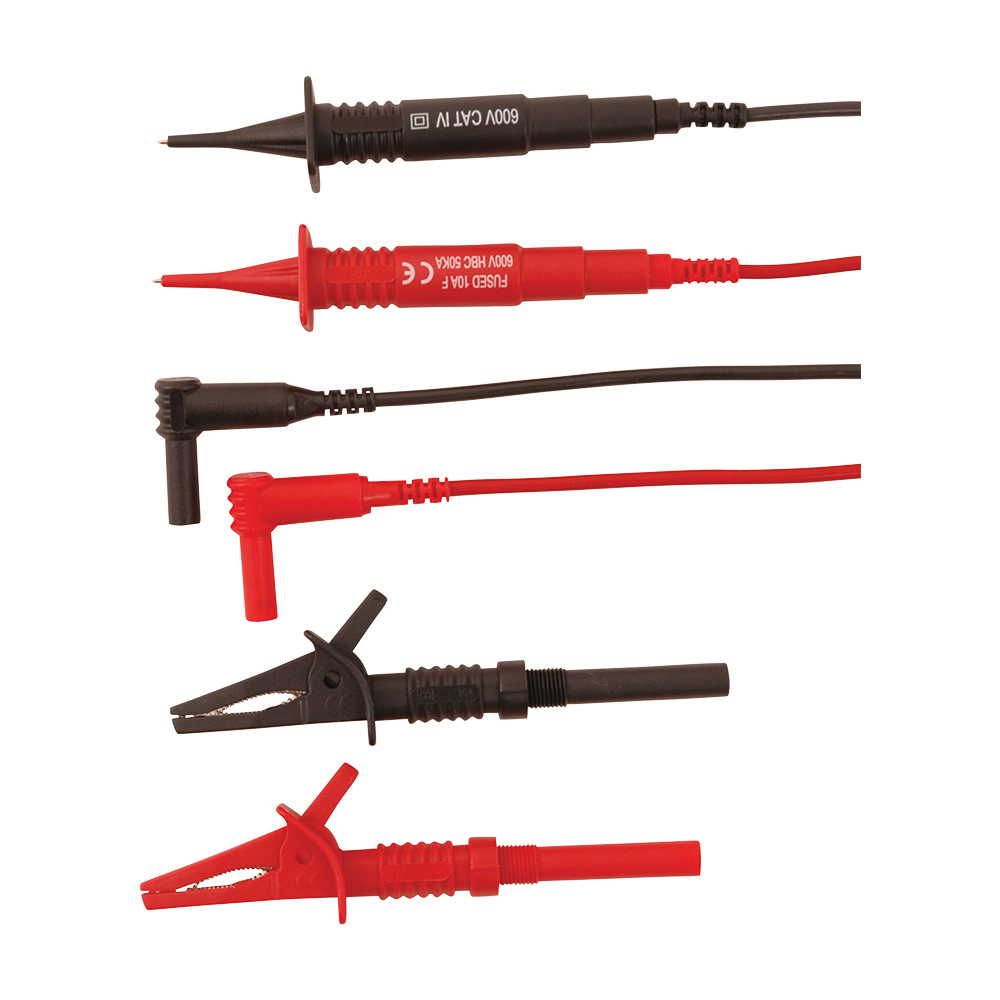
Figure 6.12 Image courtesy of Martindale Electric
Illumination of work area. Lighting levels should be adequate for the person carrying out the work. Natural light is preferable but permanent artificial lighting improvements should be implemented. Handheld torches are not recommended and should be avoided.
Correct test equipment. The standard IEC 61010-1 Safety requirements for electrical equipment for measurement, control, and laboratory use gives categories of hazardous transient impulse overvoltage protection in four categories. The closer to the source the higher the degree of protection is required. I would suggest that testing on anything that has the potential to cause serious injury from arc flash ought to be nothing less than Cat IV impulse voltage protection for industrial and commercial applications. I would also recommend good quality fused leads which are pictured in Figure 6.12.
Accompaniment. In high-risk situations accompaniment ought to be a consideration. An example may be where there may be difficulty in keeping people away from the work area. The person providing the accompaniment must be trained to be able to recognise danger and give assistance in the event of an emergency.
Prohibit removal of components. Removal of live components and the disconnection of live components should always be prohibited and made clear in the electrical safety rules.
Insulated Tools. At the age of 16 years as an apprentice electrician, I was given my first tool bag. It was full of brand-new high quality, fully insulated tools. It was not a signal to me that I would be carrying out live work but I did recognise the potential risk of using uninsulated tools anywhere near energised equipment. Even routine testing may include the use of tools for access and running adjustments. The standard IEC 60900 is applicable for hand tools for use up to 1000 volts AC and 1500 volts DC.
Remove jewellery. Metal jewellery such as watches, rings, bracelets, piercings, and neck chains should be removed before commencement of work.
6.12.2 Battery Testing
Work on large battery systems, even at extra low voltage can be hazardous and common injuries are arc flash burns from electrical melting of metallic objects inadvertently shorted across the battery terminals and also electrically ignited hydrogen/oxygen explosions. Consider the following non exhaustive options for work on or near batteries.
Incident Energy Level. Awareness of the arc flash hazard level is important and there is a hazard calculator provided for the assessment of the incident energy level at direct current. As always this should be taken into account in the risk assessment process in terms of overall risk and is not a direct route into PPE. This all depends on the task and the state of the equipment.
Competence. Workers who are engaged in the connection, disconnection and testing of secondary battery systems should be competent in all the ways previously expressed. In addition to the competence requirements outlined in live testing above, they will be persons who are considered to have the necessary experience, personal qualities and training to work safely and recognise the risk involved when working on secondary batteries. The training will include, where necessary, the precautions for non-electrical hazards such as the handling of electrolyte.
Personal Protective Equipment. Face protection and insulating gloves are worn regardless of incident energy. This is where care needs to be taken in the selection of PPE that cover all hazards and do not create a hazard. This is where manufacturer’s handling instructions need to be taken into account especially where contact with liquid electrolyte may be encountered.
The work area is well ventilated. There may be a requirement for specialist aprons for the chemical hazards as an example, and as pointed out in the next Chapter 7: Protection, all personal protective equipment must be appropriate for the risks involved, without itself leading to any increased risk.
Other precautions. As described in live testing above; the extent of live working should be kept to a minimum, metal jewellery such as watches, rings, bracelets and neck chains should be removed before commencement of work and correctly selected insulated tools and instruments should be used.
There is an excellent free resource available on the Great Britain Health and Safety Executive site called “Using Electric Storage Batteries Safely”. It can be downloaded via the link; https://www.hse.gov.uk/pubns/indg139.pdf
- The competence of the individual is of paramount importance whether they are making dead or working anywhere near energised conductors.
- Having safe procedures, safe people and safe places will provide the building blocks to arc flash risk management and electrical safety.
- The legal requirement for safety signs is different in Europe. Safety signs are where there is a significant risk to health and safety that has not been removed or controlled by other methods. Also, the colours are totally different to the US.
- Live working permits are not a good idea in the UK.
- Treat all electrical equipment and conductors as live unless proven dead.